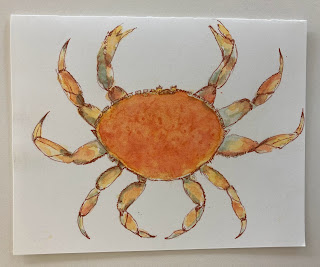
A LARGE AND RARE BEZOAR STONE
16TH/17TH CENTURY
With rope twist handle
the stone 13.5cm wide, 10cm high
Provenance:
Originally from South America and entered a private collection between the 16th and the 17th century
Christie's Paris, Mobilier et Objets d'Art,
Orfèvrerie et un ensemble d'Obiets de Curiosité, 16 April 2007, lot 62, where purchased by Robert Kime
Bezoar stones are calcified concretions of stone or hair, covered by layers of calcium phosphate and found in the stomachs or intestine of animals including horses and camels. They were introduced into the West from Arabia in the 11 century. and derive their name from the Persian wlajo, (padzahr) "preserver from poison". It was believed that scrapings from the stones were an effective antidote to poisons-specifically arsenic and were also used to treat fevers and prevent miscarriages. This example has traces of grating indicating it was used for just such a purpose. In the 16th & 17th centuries they were thought to have magical properties and were an important part of a princely or noble kunstkammer Rare to obtain, especially of this unusually large size, they were highly prized by Royal courts and nobility, and their cost could be ten times more than their weight in gold.
£6,000 - 10,000


No comments:
Post a Comment